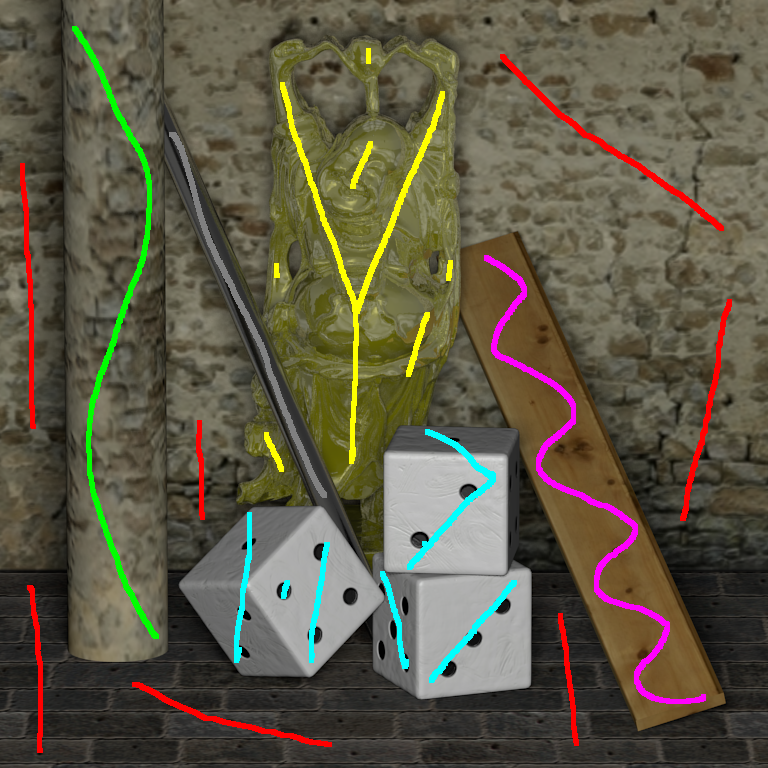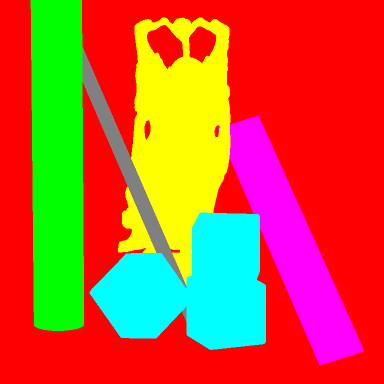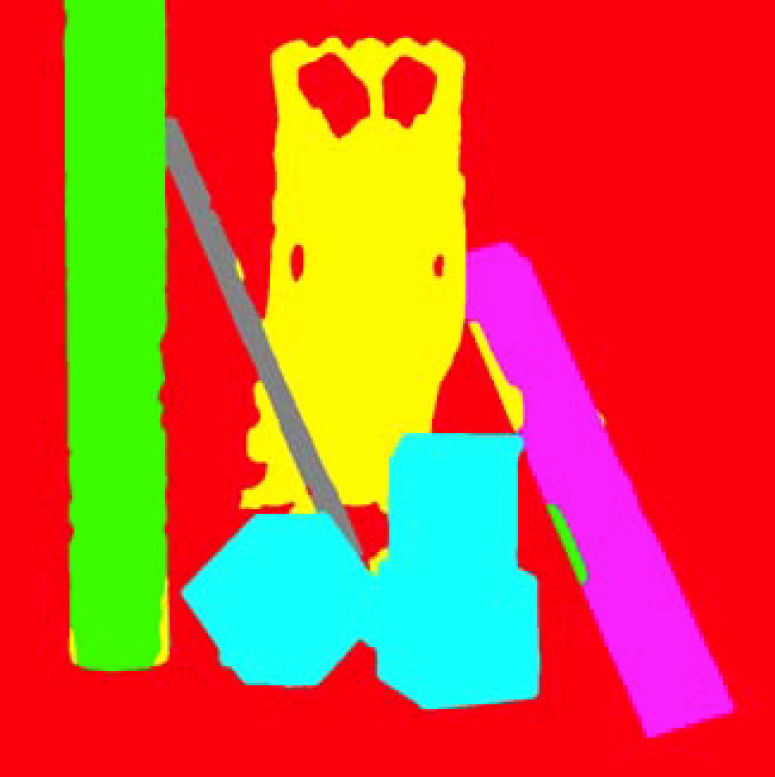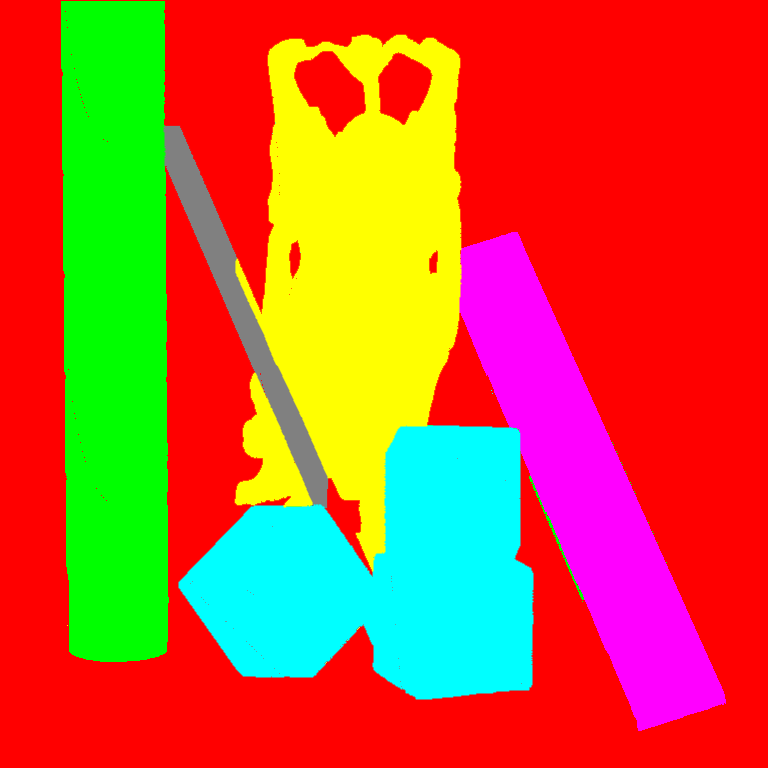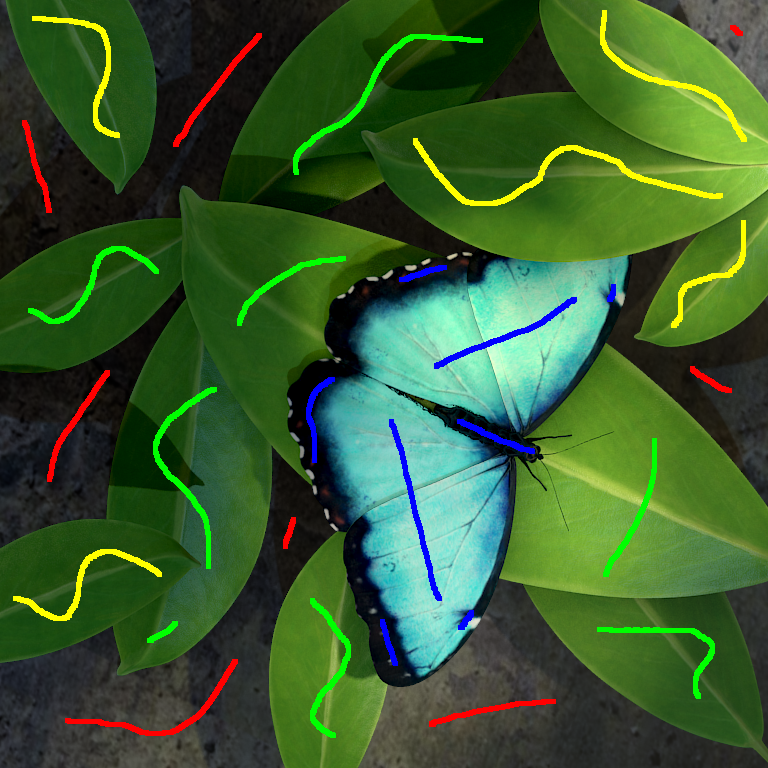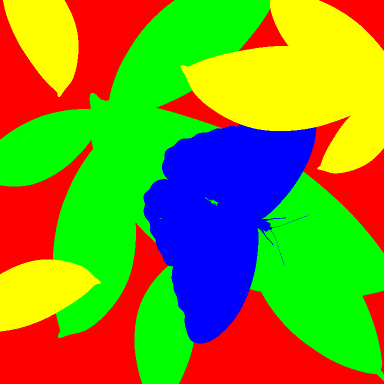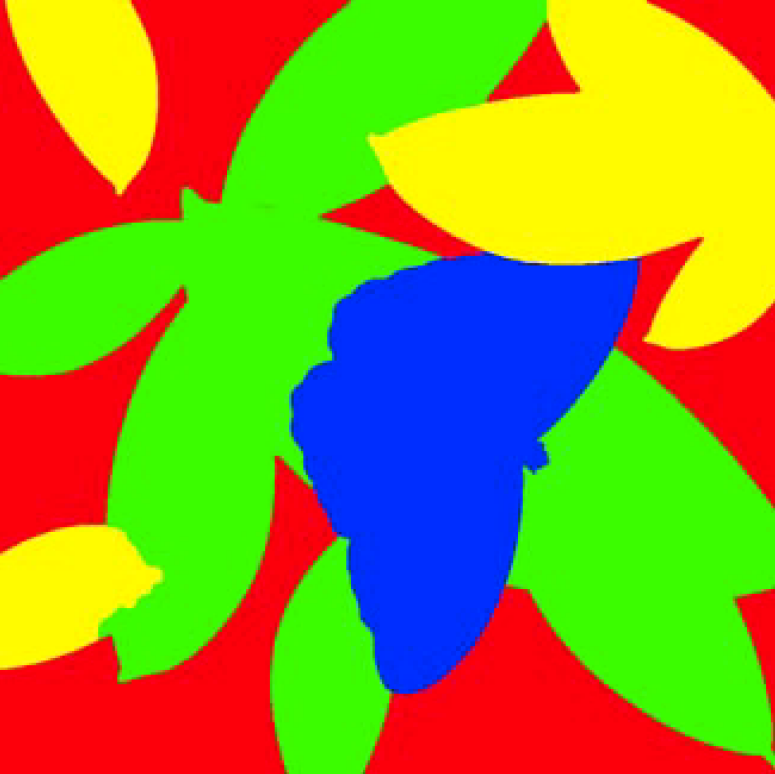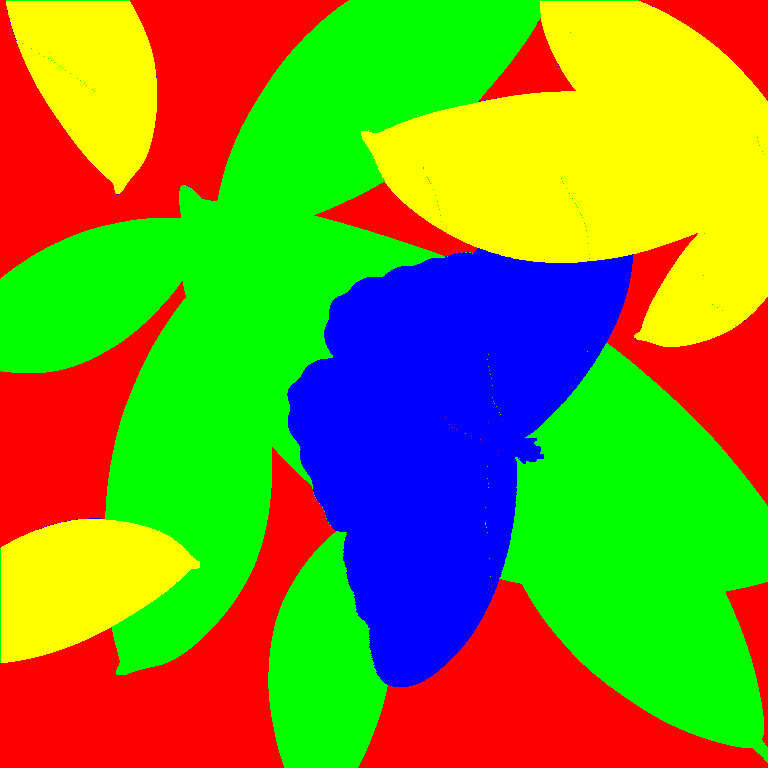Section: New Results
Analysis and modeling for compact representation
3D modelling, multi-view plus depth videos, light-fields, 3D meshes, epitomes, image-based rendering, inpainting, view synthesis
Visual attention
Participant : Olivier Le Meur.
Visual attention is the mechanism allowing to focus our visual processing resources on behaviorally relevant visual information. Two kinds of visual attention exist: one involves eye movements (overt orienting) whereas the other occurs without eye movements (covert orienting). Our research activities deal with the understanding and modeling of overt attention.
Saccadic model: Previous research showed the existence of systematic tendencies in viewing behavior during scene exploration. For instance, saccades are known to follow a positively skewed, long-tailed distribution, and to be more frequently initiated in the horizontal or vertical directions. In 2016, we investigated the fact that these viewing biases are not universal, but are modulated by the semantic visual category of the stimulus. We showed that the joint distribution of saccade amplitudes and orientations significantly varies from one visual category to another. These joint distributions turn out to be, in addition, spatially variant within the scene frame. We demonstrated that a saliency model based on this better understanding of viewing behavioral biases and blind to any visual information outperforms well-established saliency models. We also proposed an extension of the saccadic model developed in 2015. The improvement consists in accounting for spatially-variant and context-dependent viewing biases. This model outperforms state-of-the-art saliency models, and provides scanpaths in close agreement with human behavior.
Inference of age from eye movements: We have presented evidence that information derived from eye gaze can be used to infer observers’ age. From simple features extracted from the sequence of fixations and saccades, we predict the age of an observer. To reach this objective, we used the eye data from 101 observers split in 4 age groups (adults, 6-10 year-old, 4-6 year-old. and 2 year-old) to train a computational model. Participant’s eye movements were monitored while participants were instructed to explore color pictures taken from children books for 10 seconds. The analysis of eye gaze provided evidence of age-related differences in viewing patterns. Fixation durations decreased with age while saccades turned out to be shorter when comparing children with adults. We combine several features, such as fixation durations, saccade amplitudes, and learn a direct mapping from those features to age using Gentle AdaBoost classifiers. Experimental results show that the proposed method succeeds in predicting reasonably well the observer's age.
|
Graph structure in the rays space for fast light fields segmentation
Participants : Christine Guillemot, Matthieu Hog.
In collaboration with Technicolor (Neus Sabater), we have introduced a novel graph representation for interactive light field segmentation using Markov Random Field (MRF). The greatest barrier to the adoption of MRF for light field processing is the large volume of input data. The proposed graph structure exploits the redundancy in the ray space in order to reduce the graph size, decreasing the running time of MRF-based optimisation tasks. The concepts of free rays and ray bundles with corresponding neighbourhood relationships are defined to construct the simplified graph-based light field representation. We have then developed a light field interactive segmentation algorithm using graph-cuts based on such ray space graph structure, that guarantees the segmentation consistency across all views. Our experiments with several datasets show results that are very close to the ground truth, competing with state of the art light field segmentation methods in terms of accuracy and with a significantly lower complexity. They also show that our method performs well on both densely and sparsely sampled light fields [18] (see Figure 1).



